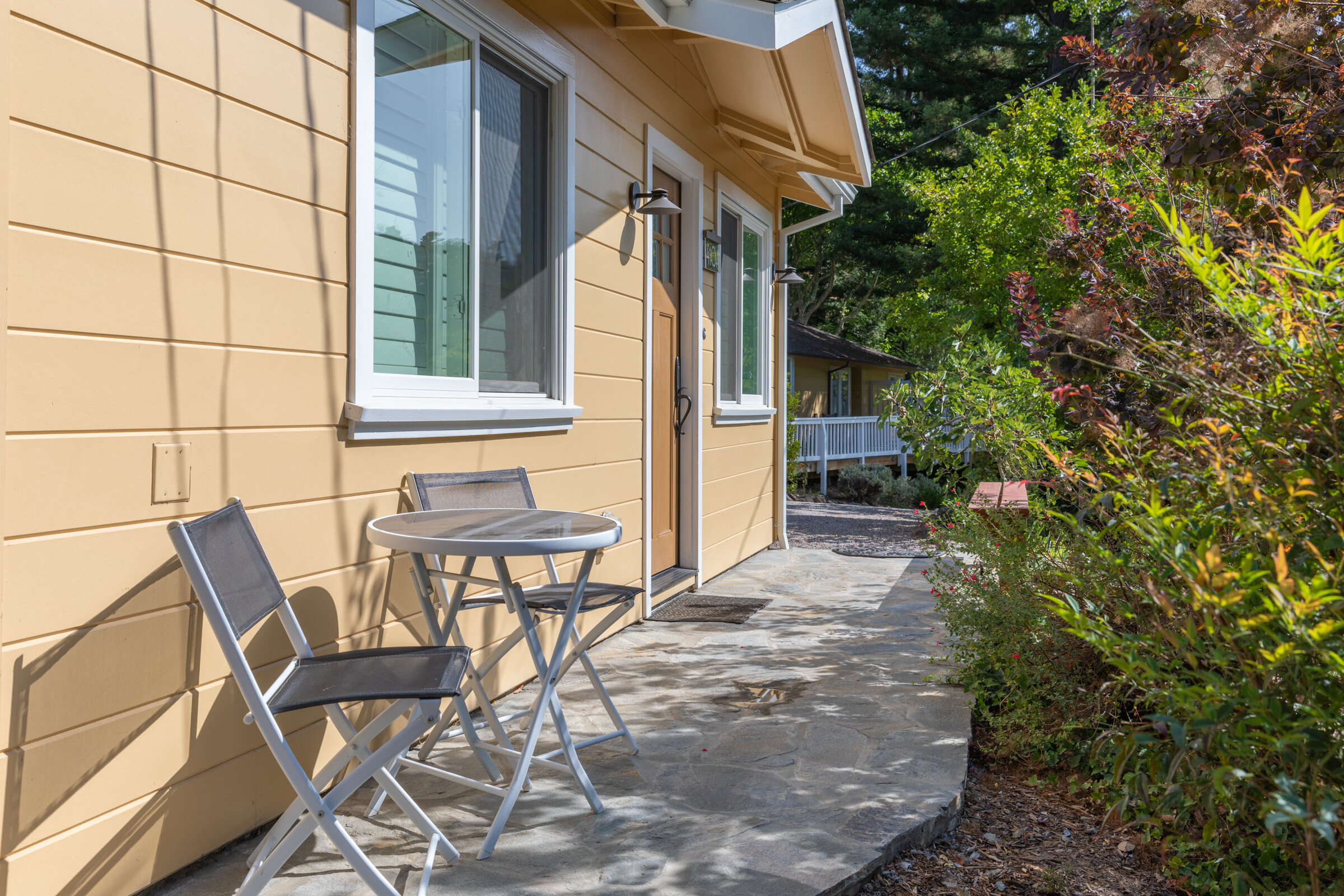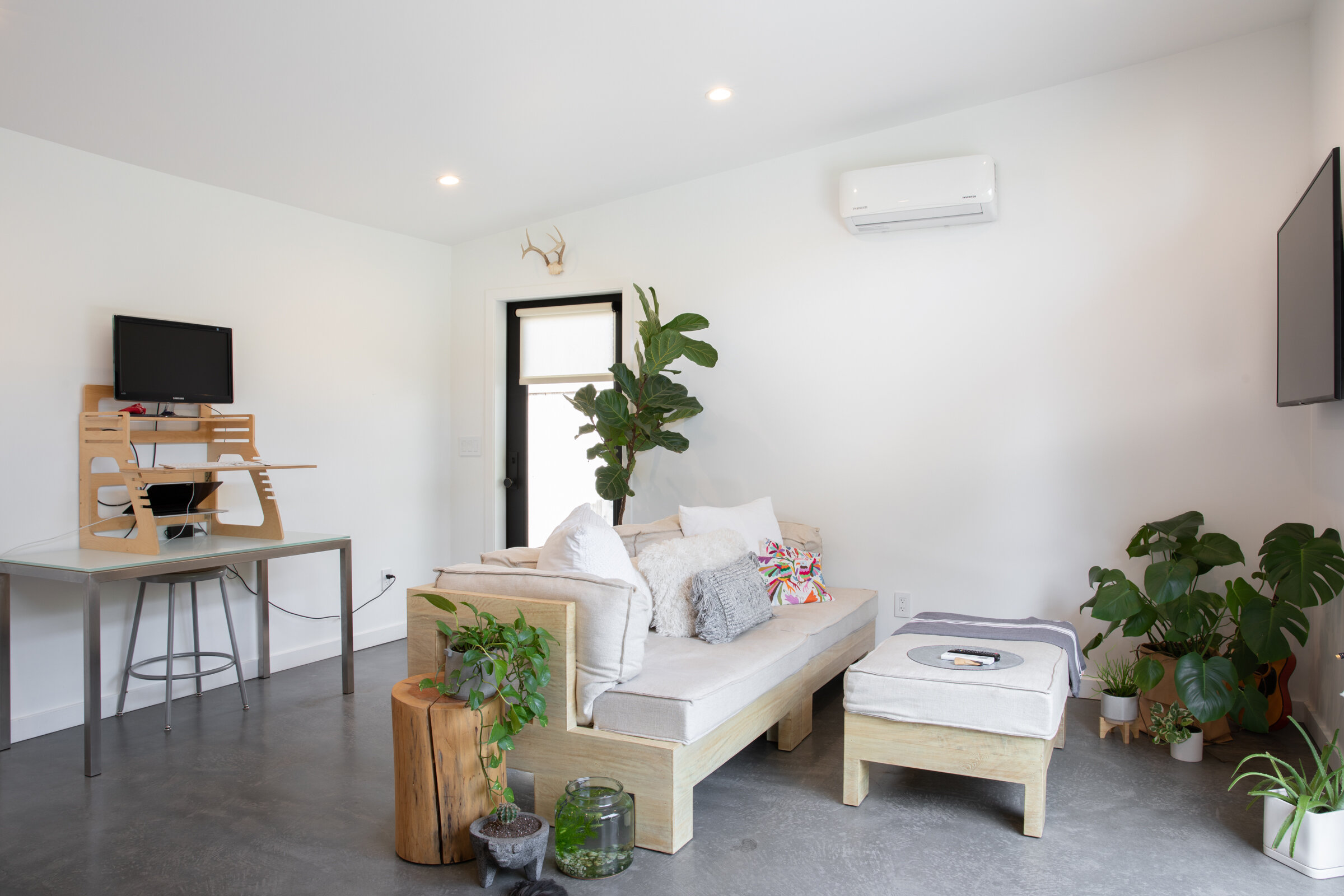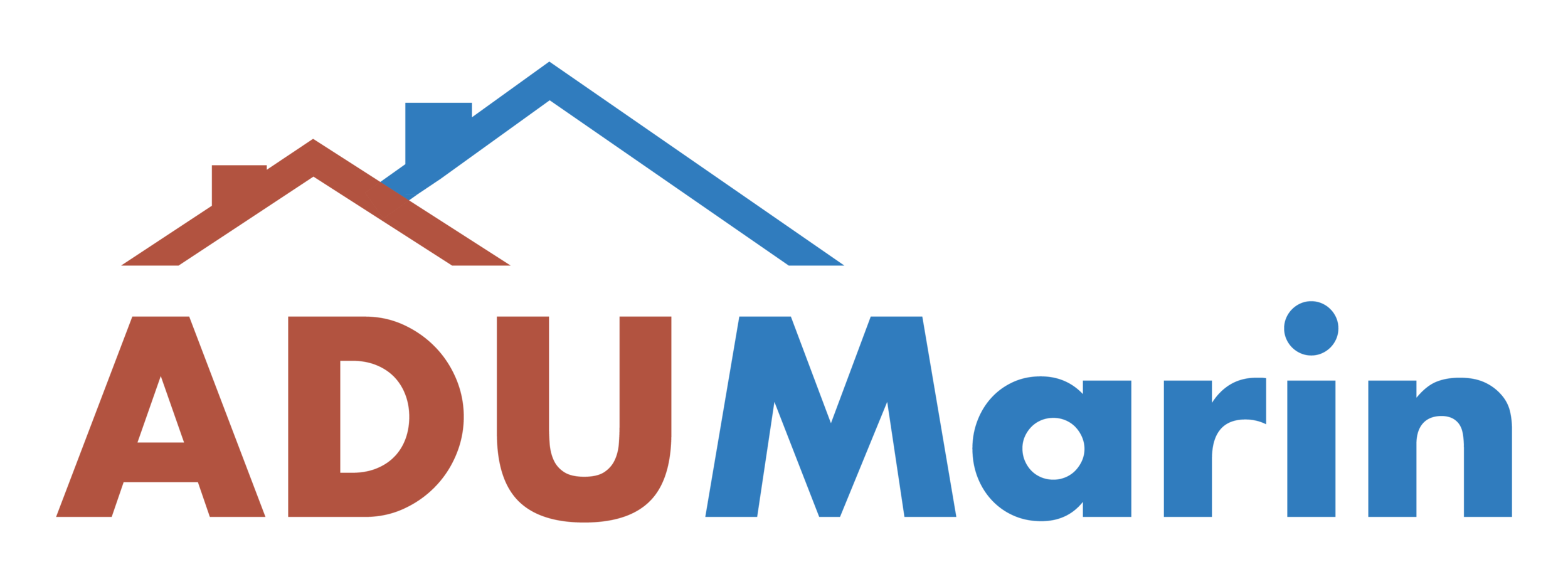What is an Accessory Dwelling Unit (ADU) and why would I build one?
ADUs, also called granny flats, converted garages, or basement apartments, can help meet the changing needs of households while addressing the broader housing challenges in our counties.
An ADU is a flexible space that grows with your family. From space for your loved ones to supporting the community and building your retirement through renting, your ADU will grow with you.
Types of ADUs include:
DETACHED
new or converted freestanding structure, such as a backyard cottage
ATTACHED
new or converted sharing at least one wall with the primary house
REMODEL/
EXPANSION
new or converted space with sq footage added to the primary house
INTERIOR CONVERSION
converted existing space (e.g. an attic or basement)
GARAGE APARTMENT
converted former garage space
ABOVE/BELOW GARAGE
new or converted above or below garage space
You may have also heard of a Junior ADU or “JADU.” Under California state law, homeowners can now build both an ADU and a JADU on their property.
In short, JADUs follow these guidelines:
Located within existing walls of the primary home, including within attached garage
Owner occupies rest of house
Maximum size 500 square feet
Separate exterior entrance
Efficiency kitchen: sink, cooking appliance, counter surface and storage (can also be a wet bar, depending on your city)
May share a bathroom with primary residence
By building an ADU, you’re investing in the future of your community
Building an ADU not only benefits the homeowner, but helps the community as well. ADUs often provide homes for school teachers, firefighters, and other community members who otherwise may have to commute long distances from outside Marin County to find a home they can afford.
With the lack of available affordable housing, building and renting an ADU is a community service.

The benefits of building an ADU
FINANCIAL SECURITY
Building an ADU gives you an additional revenue stream that can go toward reducing your cost of living, building your retirement, or creating more buffer for unexpected life events. Not only will you receive rental income in the short term, your sale price and property value can increase too.
FAMILY
Whether it provides a home for the immediate family, personal space for extended family or friends, a private home for parents, grandparents, or a family member with disabilities, or a return to home for grown children, an ADU can suit the needs of a variety of family situations.
FREEDOM
An ADU provides a family with the freedom to stay in their community. Building an ADU can allow you to downsize and free up your main unit for rental, which can help you secure your retirement and provide more freedom as you age.
To determine what you’re eligible to build, select your city from the dropdown below
Select your city
Once you’ve determined what you’re eligible to build, contact your city to double-check your assumptions and to seek clarity on rules.
If you aren’t sure what jurisdiction you live in, click the button below, enter your address, then come back to this page to select your city and find the rules that apply to you.
“It’s simpler and easier to live in an ADU. We have a smaller footprint with less stuff and will be able to have the mobile lifestyle we want.”











